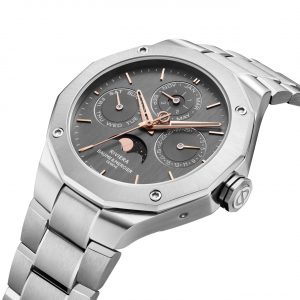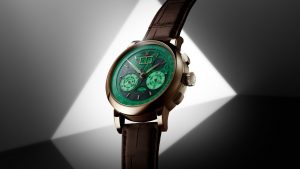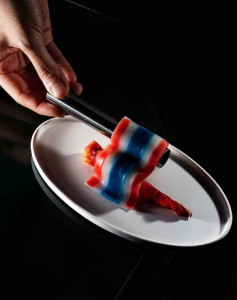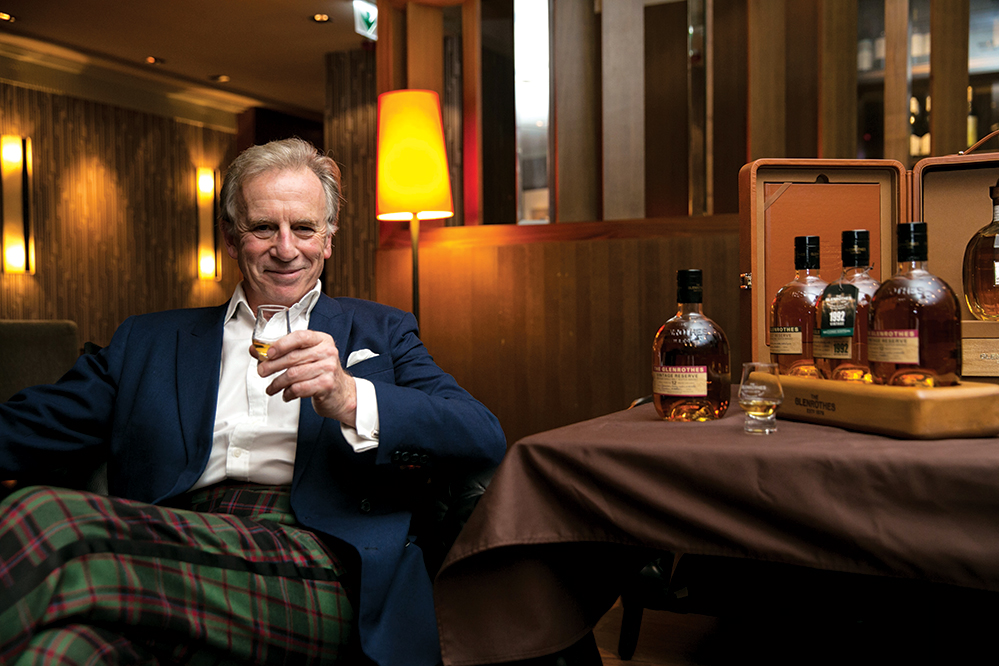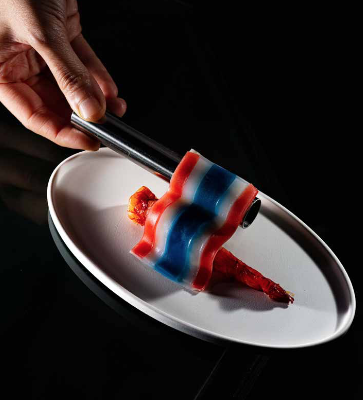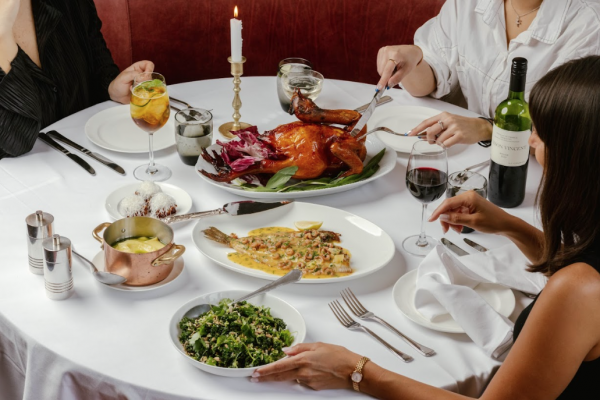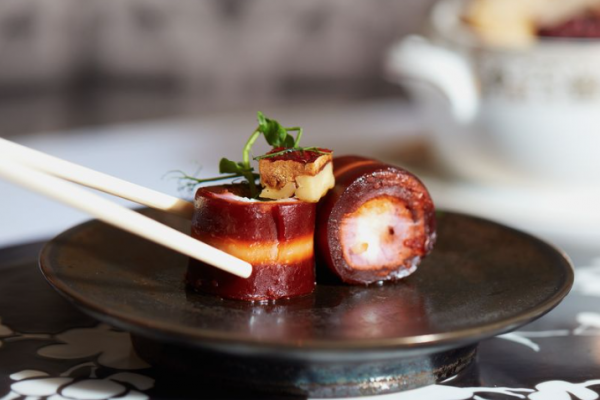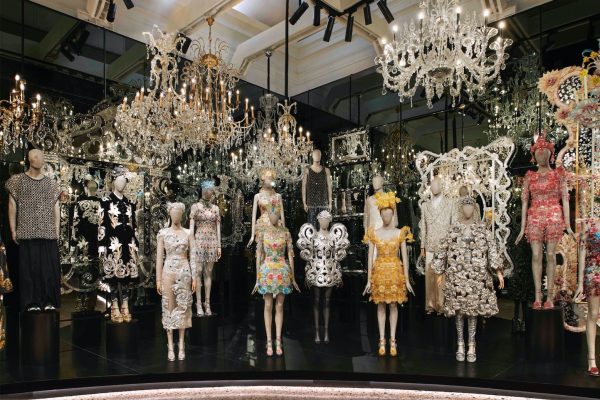#culture / #dining
Glenrothes Distillery Aims to Be First Through Holding Something Back
BY #legend
December 14, 2016
One brand’s misfortune is often another’s gain and sometimes in the most unlikely of circumstances. Once upon a time in Scotland – in 1878, to be precise – the distiller of The Macallan sought to make a lighter, more uplifting Speyside whisky to complement to its own rich and lovely libation, seeing a subtly different market for it. But no sooner had the distiller of The Macallan begun building what was to become the Glenrothes distillery than a banking crisis engulfed Scotland. Investors in the project, all of whom had shares in the privately run City of Glasgow Bank, suffered when the institution went under. Work on the new distillery stopped and the distiller of The Macallan instead busied itself with matters closer to home.
The United Presbyterian Church came to the rescue with a loan of £600, allowing work on the Glenrothes distillery to resume, but without the involvement of the distiller that started the project. “Ironic, given that the church had been preaching every Sunday from the pulpit that this was the Devil’s brew,” says Glenrothes heritage director Ronnie Cox. “And yet, still, the money was wisely invested.” The money was a blessing for generations yet unborn. That much was evident at a nosing and tasting of the latest Glenrothes whisky, the Glenrothes Vintage Reserve 12-Year-Old, in the private room of Vivien Shek’s Lai Bun Fu restaurant in Central.
“The Glenrothes Vintage Reserve 12-Year-Old was developed to show the true character of The Glenrothes,” says Cox. “Vintage Reserve 12 adds both extra cask maturity and extra complexity, thanks to the additional vintages that deliver complex flavours with a superb elegance.” In this year’s Hong Kong International Wine and Spirit Competition, the spirit won the trophy for the best single malt Scotch whisky aged for 15 years or less.
All Glenrothes single malt whiskies are vintage malts, meaning they are malts distilled and put in casks in a single year. When judged to be at the peak of maturity, character and flavour, selected vintages are combined as reserves or bottled individually as single vintages. The Glenrothes distillery uses the word vintage advisedly. The distillery is owned by Berry Bros & Rudd of London, a wine and spirit merchant established in 1698. The company knows all about vintages.
“When we say ‘vintage’, what does it mean?” Cox says. “Well, people really mean ‘good vintage’, don’t they? It’s only the best,” he says. The Scotch whisky industry felt the Glenrothes distillery was somewhat mad when it began talking of vintages, Cox says. “Look at it from a wine perspective,” he says. “Each vintage in the wine industry represents a different character. It can be the same chateau character, but the personalities may be slightly different.”
Greater knowledge allows whisky to be classified similarly, Cox says. “We know more about the maturation process now than we did, and allowed that to be applied to future expressions of Glenrothes,” he says. “Then we have vintages, and that’s what makes sense.” Counting the number of years a whisky is aged in the cask is inhibiting, Cox says. “If anybody takes a 12-, 15- or 25-year-old whisky and tries to change it, people will perceive it’s for the worse.”
So successful have Glenrothes vintages been, and so limited their supply, that the distillery came up with the concept of the reserve. “Knowing that the vintages run out pretty fast is the growing footprint of Glenrothes consumers,” Cox says. “So we wanted to produce something as a fallback, for people who can’t find their favourite vintages any longer on the market. So we produced these things called reserves.” They are made up of whiskies matured in American wood sherry casks, Spanish wood sherry casks and combinations of such. By the Glenrothes distillery’s criteria, to call a whisky a vintage reserve 12-year-old may seem self-contradictory. But Cox says that in the Asian market Glenrothes is required to state the age of a whisky on the bottle, which is not something it does in other markets.
The Glenrothes Vintage Reserve 12-Year-Old combines 12 vintages, the oldest being 1979 and the youngest 2003. The whisky is distinguished by its spicy, uplifting, Spanish oak style. “Vintage Reserve tends to be much smoother, more butterscotch, slightly sweet and it has done surprisingly well,” Cox says. The Glenrothes distillery is a pioneer in presentation, too. Its bottles have a distinctive shape.
“We were the first to break the mould with the vintage concept and now [we have done it with] our bottle, which is different to the more typical long, slender Scotch whisky bottle everybody has in some variation,” says Cox. “And we put in a punt at the bottom of the bottle, which comes from Berry Bros & Rudd and is for ease of pouring.”
Once poured, how does the Glenrothes Vintage Reserve 12-Year-Old measure up? “If you want something aromatic and light, you probably choose Glenlivet,” Cox says. “But if you wanted something elegant, uplifting and fruity, you choose Glenrothes.” Or, those keen to try yet another of the distillery’s novelties may choose Glenrothes Peated Cask Reserve, a Glenrothes Speyside whisky finished in casks that formerly held Islay whisky, made on the other side of Scotland.
“It’s a wonderful surprise,” says Cox. “Another first: the first modern-day marriage of elegant, fruity and, of course, mature Glenrothes with the subtle but intriguing peaty mists of Islay.”










